How Text-to-Image AI Creates Images
Text-to-image AI, also known as generative adversarial networks (GANs), uses a complex process involving two neural networks: a generator and a discriminator.
- Training: The AI is trained on a massive dataset of images and their corresponding text descriptions. This allows it to learn the relationship between visual elements and language.
- Text Input: When you provide a text prompt, the generator network processes it to understand the concepts, objects, and attributes you’ve described.
- Image Generation: The generator then creates an initial image based on its understanding of the prompt.
- Discrimination: The discriminator network evaluates the generated image against the original text prompt and real images from the training dataset. It determines how closely the image matches the description and provides feedback to the generator.
- Iteration: The generator uses the discriminator’s feedback to refine the image, making it more accurate and realistic. This process is repeated iteratively until the generator produces an image that the discriminator deems indistinguishable from a real image.
In essence, text-to-image AI learns to translate text descriptions into visual representations by analyzing patterns in a massive dataset of images and text. 1 The generator and discriminator work together to refine the image until it aligns with the given prompt.
